Ingvar Kamprad: how IKEA's enigmatic founder became a billionaire
How Sweden's flatpack pioneer conquered the world
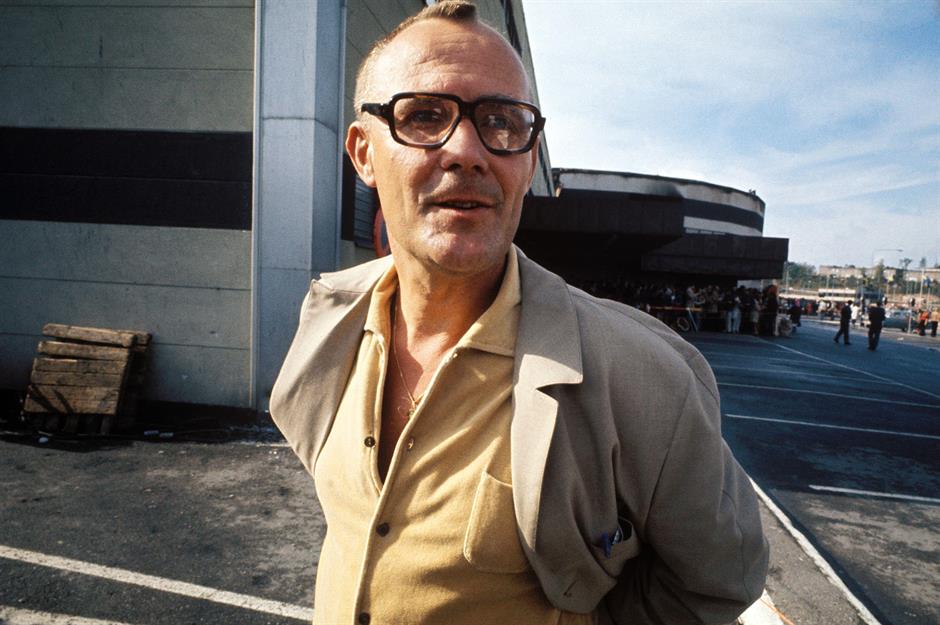
IKEA's famously thrifty founder, Ingvar Kamprad, built up a global self-assembly furniture empire that has changed the way we shop. But though his business model may have been simple, the man behind it was complex and controversial.
Read on to discover the inside story behind Ingvar Kamprad's remarkable rise to riches. All dollar amounts in US dollars.
Humble origins
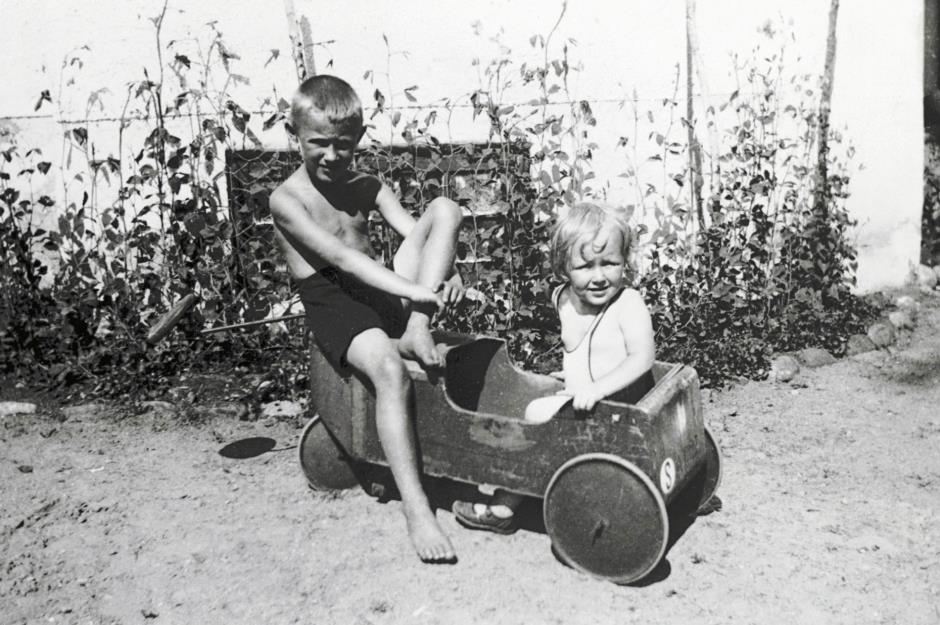
Ingvar Kamprad was born on 30 March 1926 in Pjätteryd, a sleepy farming village in southern Sweden, to German-born Frans Feodor Kamprad and his Swedish wife, Berta Linnéa Matilda Nilsson.
His grandfather Achem had bought Elmtaryd Farm in nearby Agunnaryd but struggled financially. Unable to pay the mortgage, he took his own life in 1897, and the family farm passed to Ingvar's grandmother, Franziska.
Work ethic
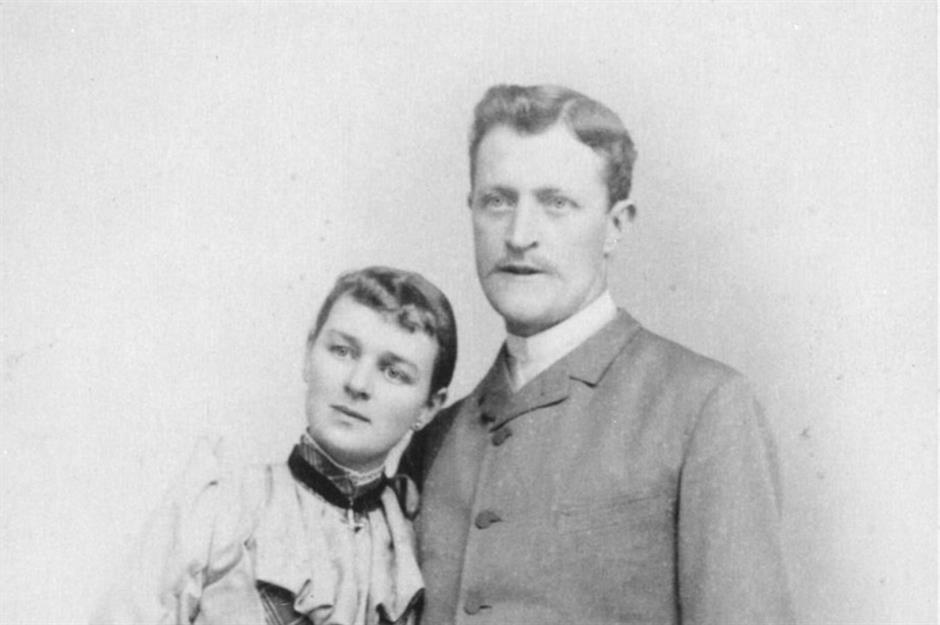
Franziska (pictured with her husband Achim Kamprad) battled to save the farm, which was threatened with repossession, working all hours and saving every penny. Ingvar's father Frans was equally hard-working and cautious with money, no doubt haunted by his father's financial ruin and suicide.
Ingvar had an entrepreneurial spirit from the get-go. Guided by his workaholic grandmother and frugal father, the enterprising youngster began selling matches at the age of five and swiftly developed a knack for making money.
Farm life
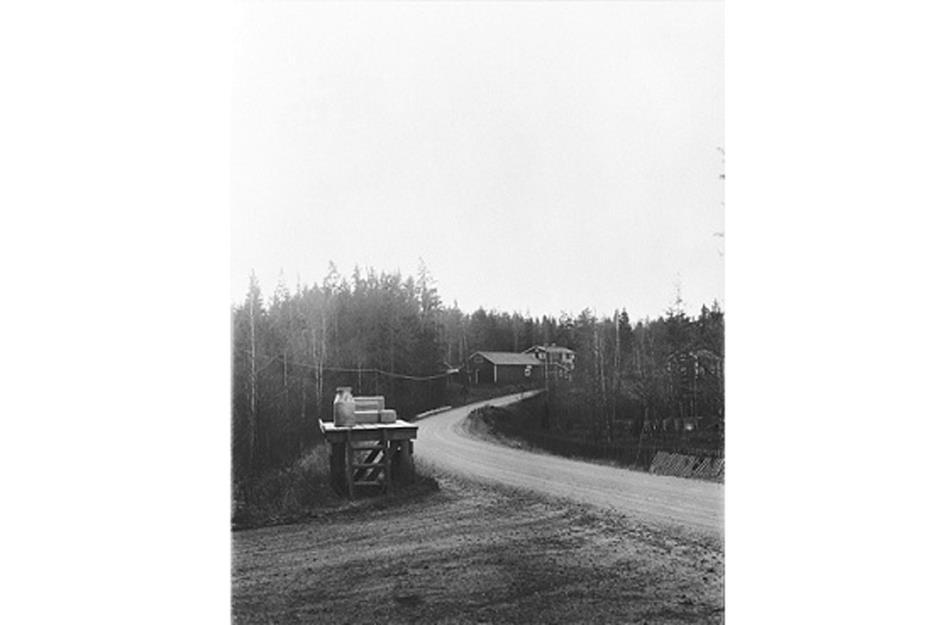
When he was six, Ingvar and his parents moved to the family farm. The future billionaire was expected to work as much as possible and contribute to the family's earnings, in addition to attending school, which was a challenge for the young Ingvar, who was dyslexic.
Almost unbelievably, at just seven years old, Ingvar figured out he could make more money by buying matches in bulk from a supplier in Stockholm, so he got on his bike and cycled to the Swedish capital to stock up.
Over the following few years, the business-minded child diversified, moving on from matches to selling fresh fish, as well as Christmas tree decorations, pens, pencils, and even berries he'd picked in the local pine forests.
Fascist affiliations
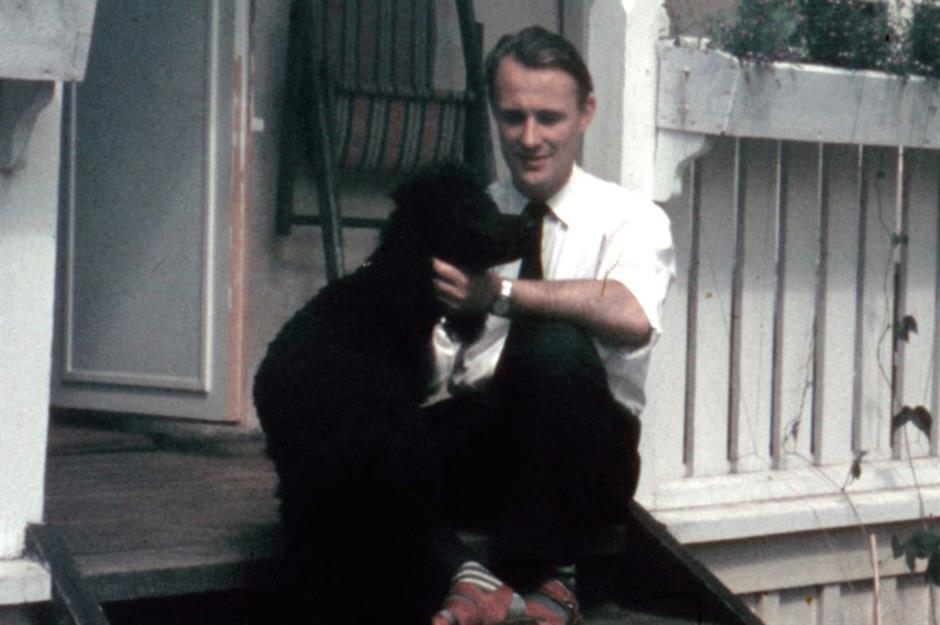
Ingvar (pictured) spent many childhood summers with relatives in central Germany, where he was exposed to Nazi propaganda, especially in the latter part of the 1930s when war was looming ever closer.
In 1942, at the height of World War II, 16-year-old Ingvar joined the fascist Lindholmers group and was actively involved in the organisation throughout the conflict, despite living in neutral Sweden.
Biggest mistake
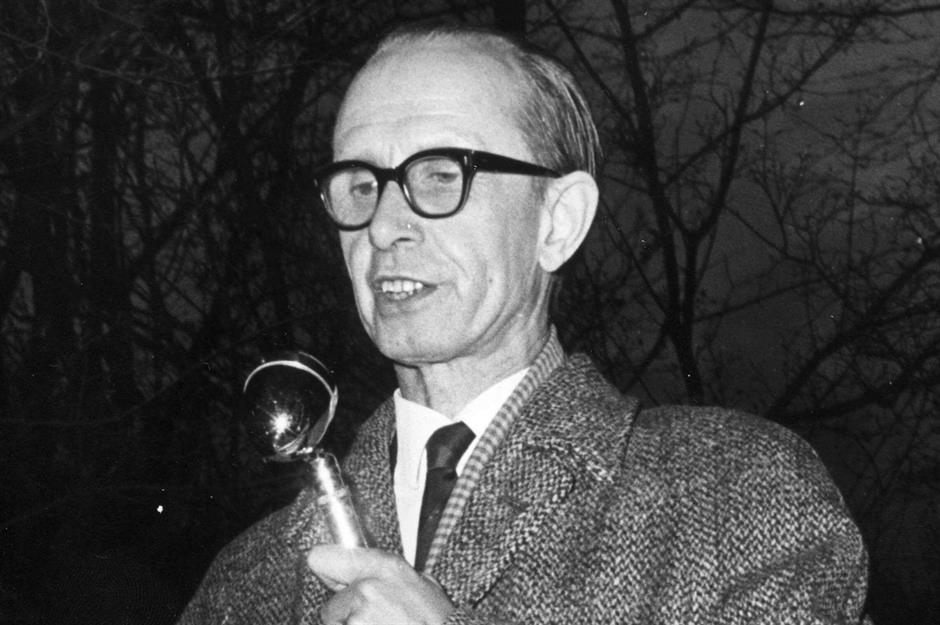
Even after the war ended, Ingvar's sympathies continued to lean towards the far right. He is believed to have supported another pro-Nazi organisation, the New Swedish Movement, up until the 1950s, a shocking secret that was revealed in 1994.
That same year, Ingvar described his membership in the New Swedish Movement as "the greatest mistake of my life". However, that didn't stop him calling the movement's founder, Per Engdahl (pictured), “a great man” in an interview with Swedish author and journalist Elisabeth Åsbrink in 2010.
IKEA founded
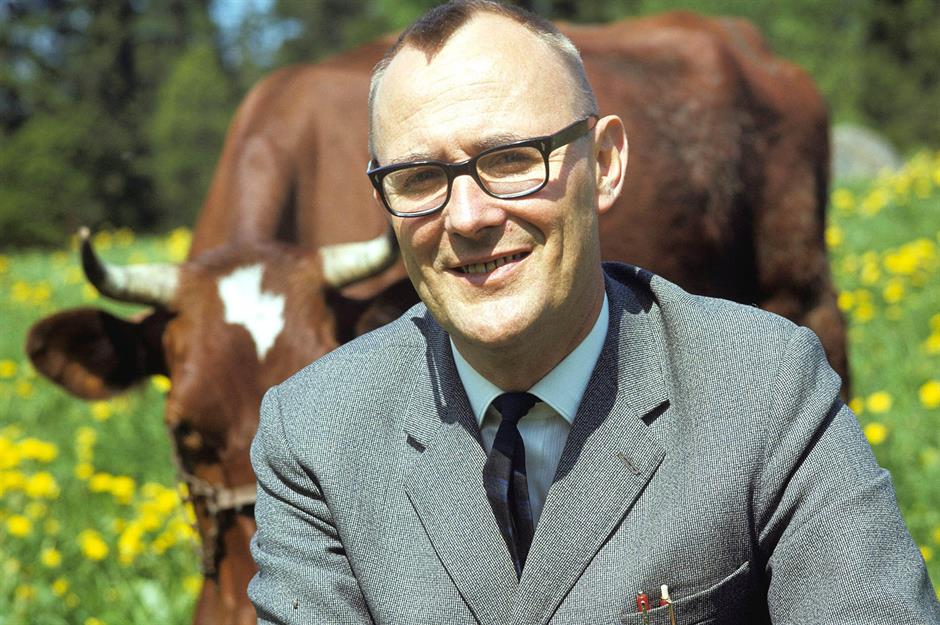
A year after he joined the New Swedish Movement, Ingvar founded IKEA. The 17-year-old had overcome his dyslexia to excel in his school leaving exams, and his proud father awarded him a sum of money for the achievement, which was used to set up the firm. IKEA is actually a simple acronym of the initials of its founder's name and surname, as well as the first letters of Elmtaryd and Agunnaryd, the farm and nearby village where he grew up.
Ingvar started out by selling replicas of the modern kitchen table that sat in his Uncle Ernst's kitchen – the tables sold like hot cakes. In 1948, Ingvar expanded his range of affordable furniture, which he sold via mail order, using an old milk cart to ferry the goods to the local railway station for shipping.
Personal problems
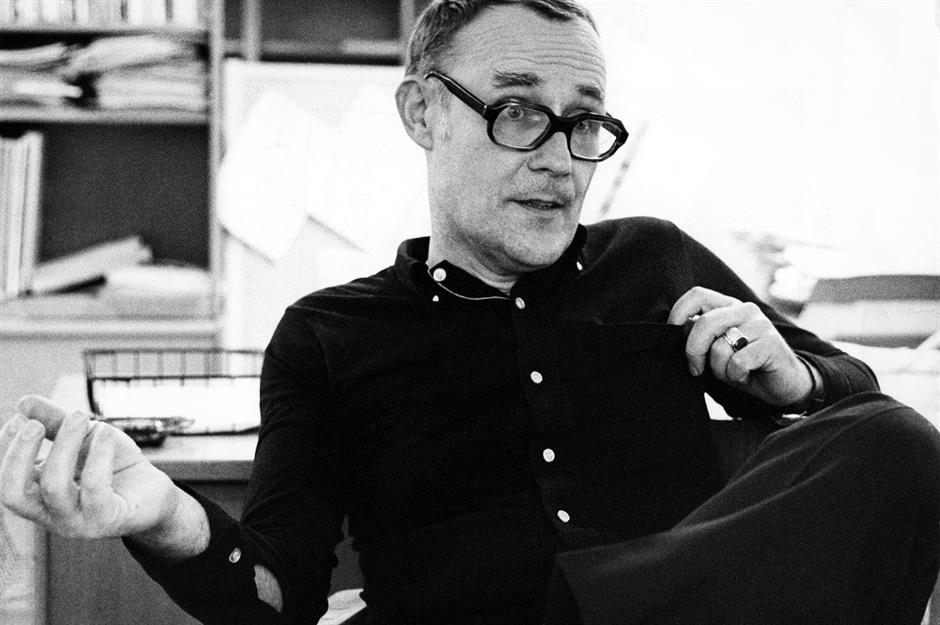
In 1950, Ingvar married Swedish Radio secretary Kerstin Wadling, and the couple adopted a girl, Annika Kihlbom, shortly after. The union was not a happy one, and the couple divorced in 1961.
Ingvar turned to alcohol to help him cope with the fallout from the divorce and developed a serious drinking problem. For much of the rest of his life, the IKEA boss was a functioning alcoholic who would give up drinking periodically in a bid to keep his habit under control.
A flatpack epiphany
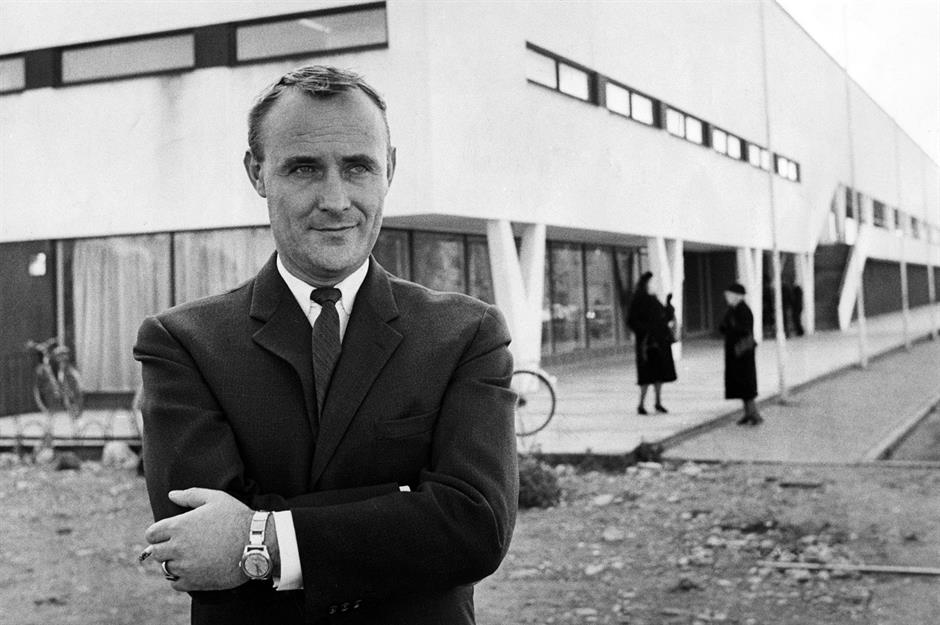
One fateful day in 1956, Ingvar was packing up some furniture for shipping when he spotted a couple of delivery men removing the legs from a table to fit it in their vehicle, and the flatpack revolution was born.
The shrewd businessman realised he could slash prices while maintaining quality by selling furniture in parts that customers could assemble themselves. Sales skyrocketed and the first proper IKEA superstore opened in 1958 in Älmhult, southern Sweden (pictured).
Scandinavian expansion
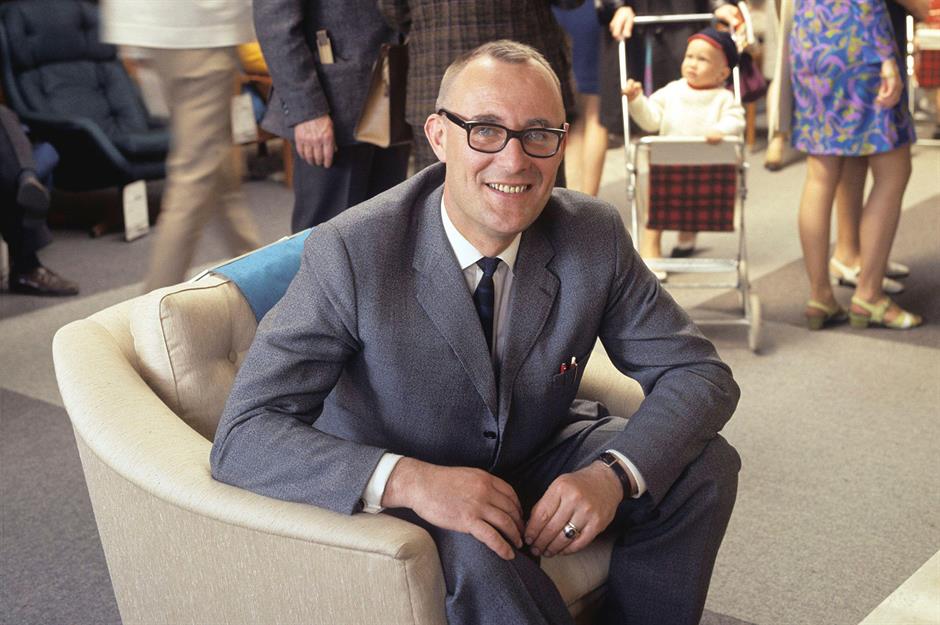
IKEA expanded throughout Sweden and into Norway and Denmark during the 1960s, despite an early failed foray into television manufacturing, and a sustained campaign by hostile competitors that forced Swedish suppliers to stop selling to the firm.
Ingvar turned instead to suppliers in other countries, and the Swedish supplier boycott ultimately proved to be a blessing in disguise. Sourcing cheaper overseas suppliers further lowered prices, undercutting the competition and boosting sales.
IKEA heirs are born
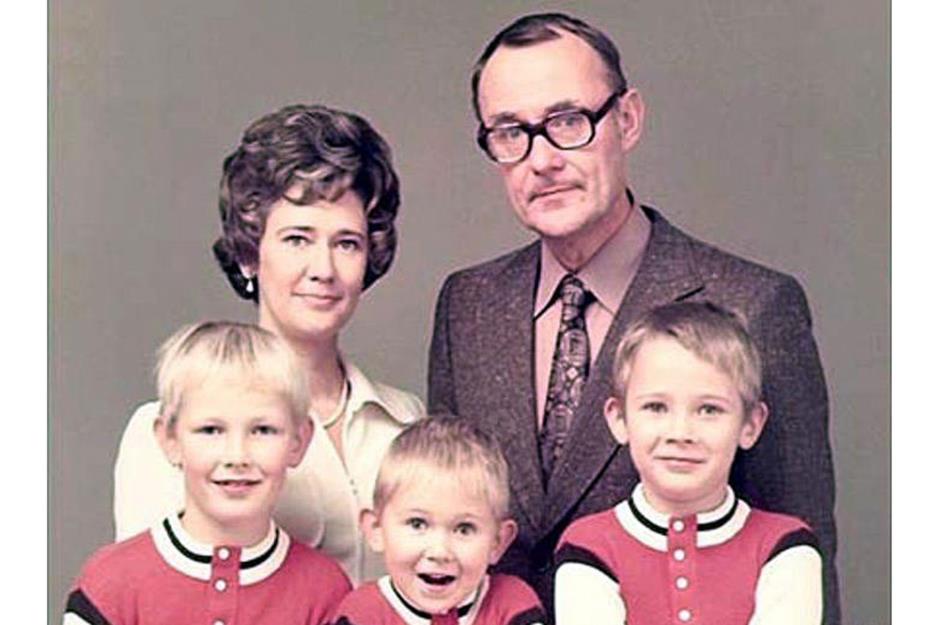
In 1963, Ingvar married his second wife, 20-year-old Margaretha Stennert, and the couple went on to have three sons.
Peter, Jonas, and Mathias are all still heavily involved in their father's business. The couple remained happily married until Margaretha's death in 2011.
Global growth
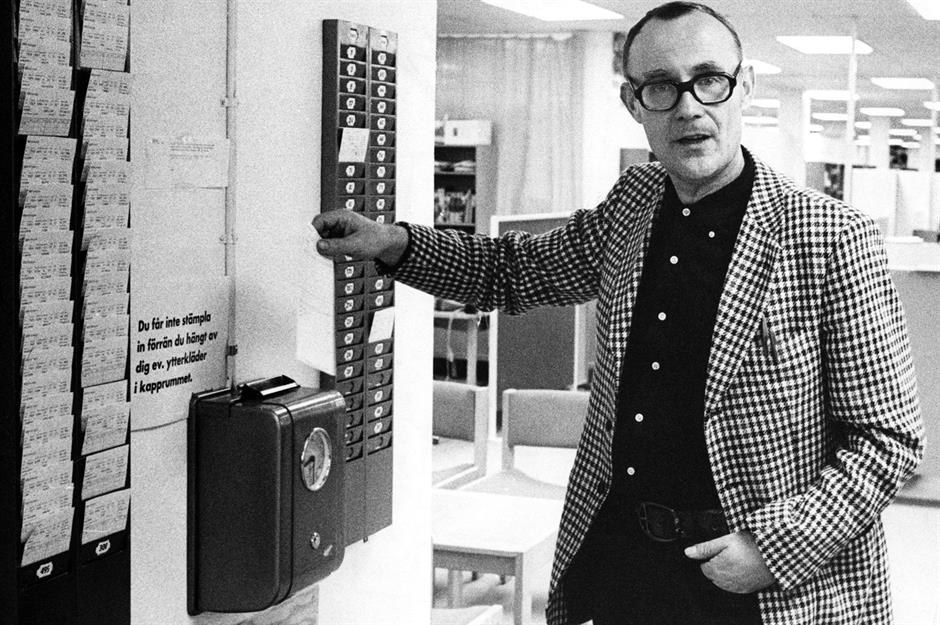
Ingvar's obsession with extreme cost-cutting helped maximise his firm's profits. He encouraged employees to find savings wherever they could, including writing on both sides of a piece of paper, and chastised staff for wasteful behaviour such as leaving lights on.
IKEA expanded outside Scandinavia during the 1970s, opening superstores in Switzerland, West Germany, and Japan. This was followed by locations in Australia, Canada, Hong Kong, and Singapore.
Nordic design
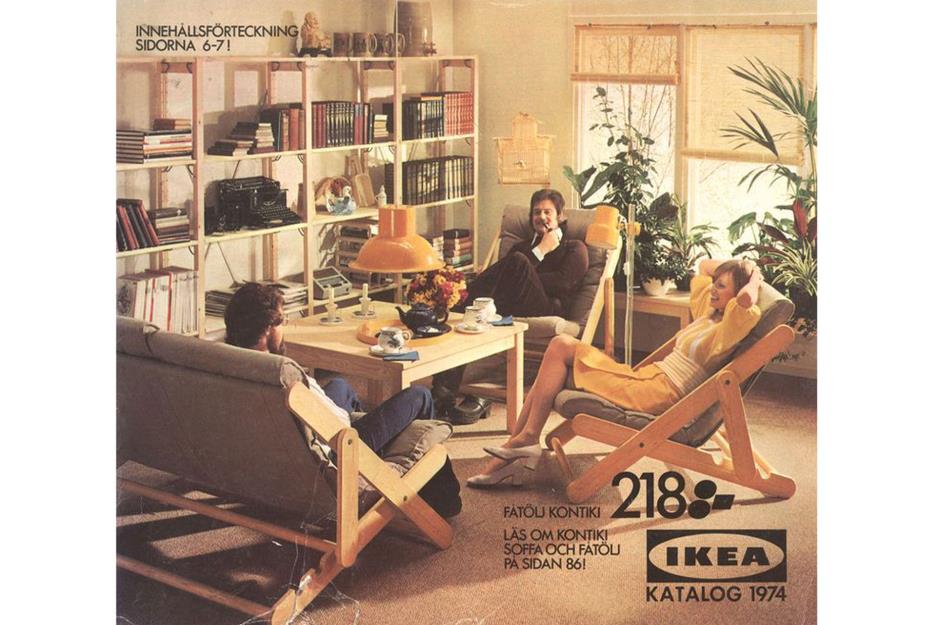
By this time, the flatpack furniture company was earning a reputation worldwide for offering minimalist Nordic design to the masses at rock-bottom prices that practically anyone could afford.
In 1973, Ingvar decamped to Denmark to escape Sweden's punishing tax regime. After three years in Denmark, the IKEA boss moved to Switzerland, where he remained, as a tax exile, until 2013.
Frugal image

While living in Switzerland, Ingvar sponsored the local soccer team in which his son was a key player. When his son got bored and decided to stop playing, Ingvar promptly cancelled the deal and pulled the sponsorship cash. Ingvar cultivated a frugal image, boasting about driving a sensible Volvo, buying clothes in thrift stores, bartering in markets, and flying economy.
However, he wasn't as austerity-conscious as he claimed to be. The IKEA head honcho secretly drove a top-of-the-range Porsche and owned a large villa overlooking Lake Geneva. He also owned a sprawling 18th-century country estate in Sweden and a vineyard in Provence.
IKEA bible
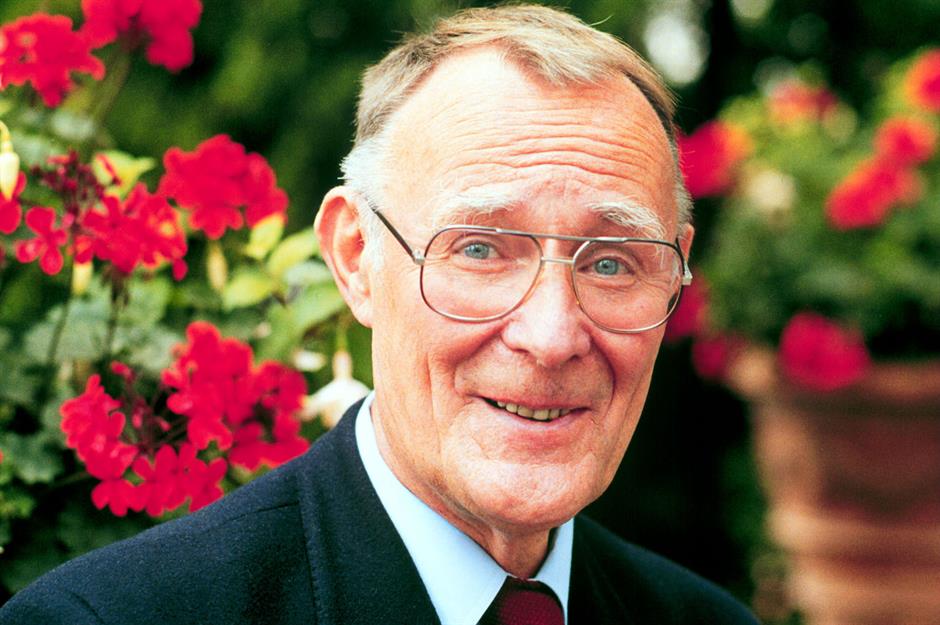
Ingvar published his first booklet in 1976, A Testament of a Furniture Dealer, which outlined his personal philosophy and vision. The tome, which extols the virtues of simplicity and economy, has since become the IKEA employees' bible.
Then, in 1982, Ingvar handed over ownership of IKEA to the Netherlands-based Stichting INGKA Foundation, a complex web of non-profit subsidiaries established to avoid Sweden's high taxes. Today, it's become one of the world's largest charitable foundations.
Unstoppable growth
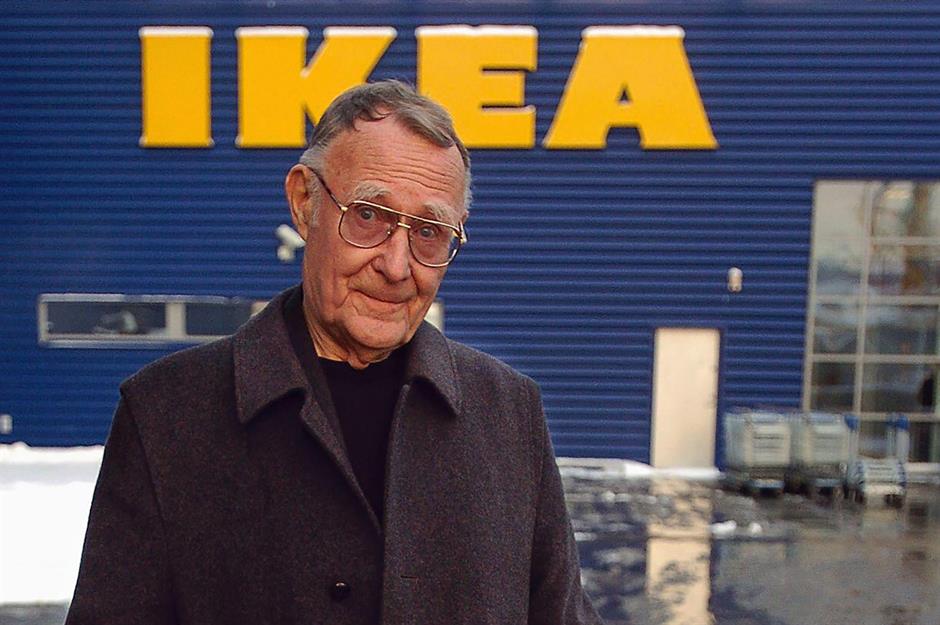
IKEA continued to grow explosively in the 1980s, with stores opening in France, Spain, and Belgium, followed by the USA, the UK, and Italy.
By the 1990s, the chain was one of the world's largest furniture retailers.
Booming times
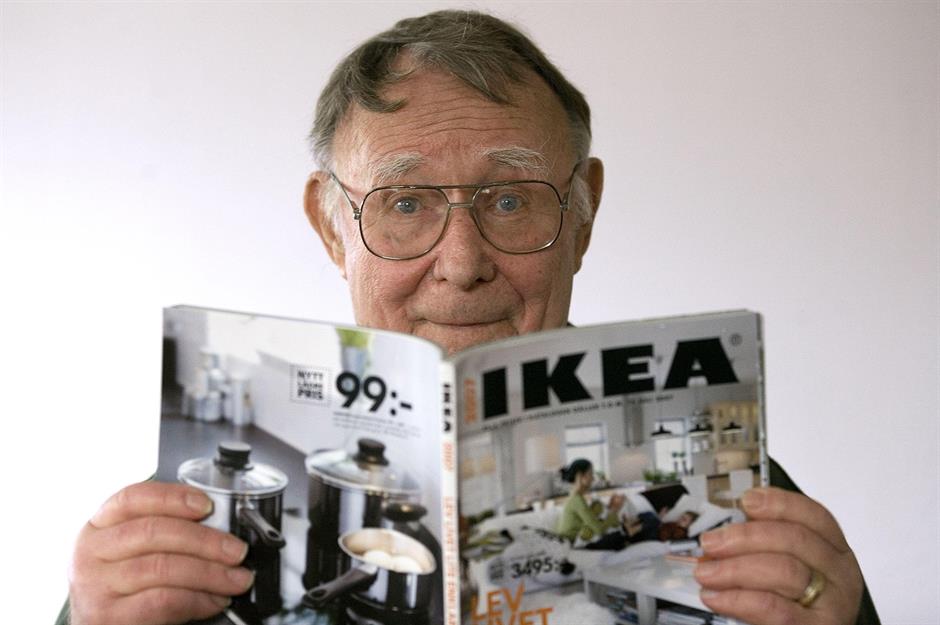
Ingvar upped his foundation's charitable donations in 1994 following the pro-Nazi revelations. Before this, the foundation was accused of being the most stingy in the world, and Ingvar was criticised for a lack of meaningful philanthropy.
In the 1990s, IKEA expanded further, and Ingvar's fortune had skyrocketed, if the assets of the flatpack king's Stichting INGKA Foundation are anything to go by. By this point, it was the second richest charity in the world after the Bill and Melinda Gates Foundation.
Disputed wealth
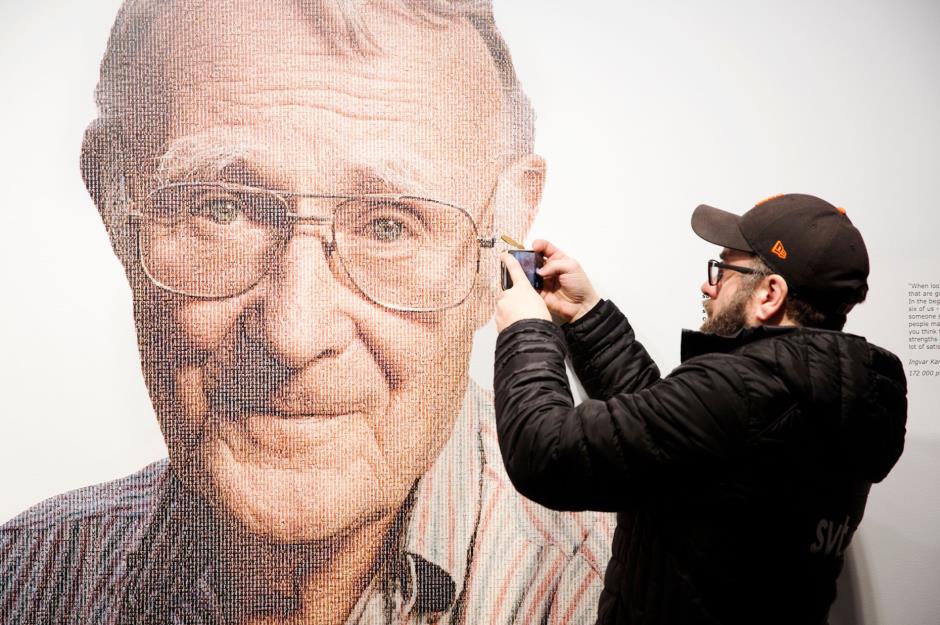
In 2004, a Swedish magazine that had calculated the assets and endowments of the charitable foundation proclaimed Ingvar one of the richest people on the planet, something the IKEA boss disputed.
Forbes listed Ingvar's net worth at a peak of $33 billion in 2007, the equivalent of $51 billion (£38bn) in today's money, which made him the fourth wealthiest person in the world. Forbes then revised the figure dramatically down to $6 billion ($8.6bn/£6.4bn today) in 2011, under pressure from the IKEA founder's legal team.
Winding down
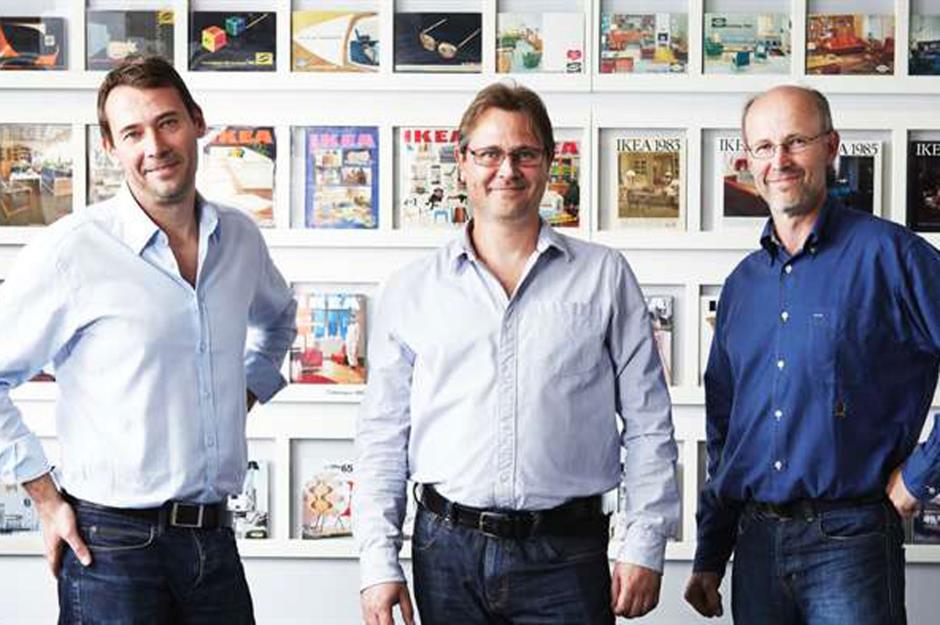
In 2013, Ingvar resigned from the Stichting INGKA Foundation and passed the reins to his youngest son, Mathias (pictured centre). That same year, the retired entrepreneur moved back to Sweden to be closer to his extended family.
Soaring fortune
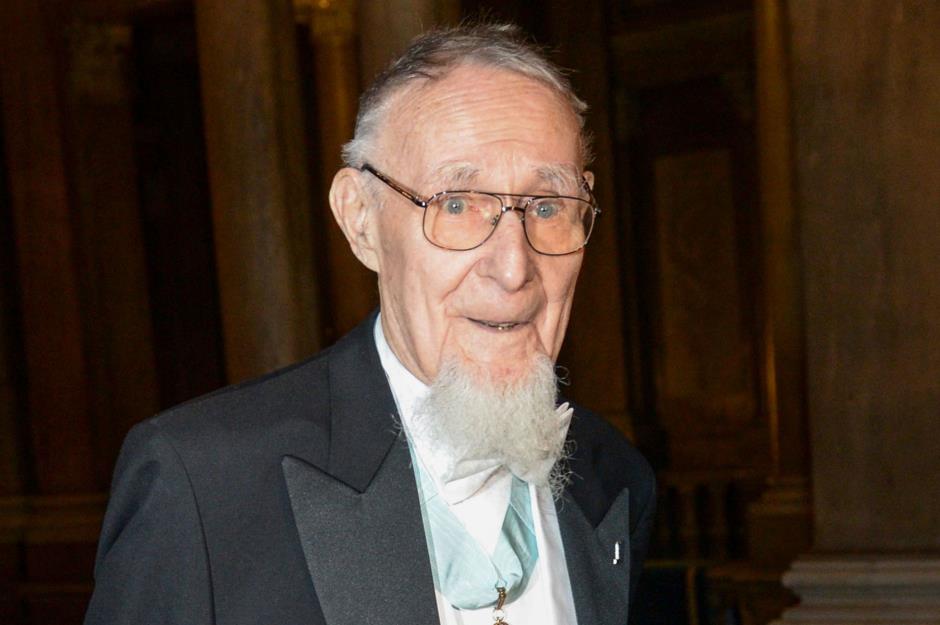
According to the Bloomberg Billionaires Index, Ingvar's net worth had surged to $58.7 billion by 2015 ($80bn/£60bn today), while Forbes estimated his fortune that year at a far more modest but still sizable $3.5 billion ($4.8bn/£3.6bn today).
Inheritance drama and legacy
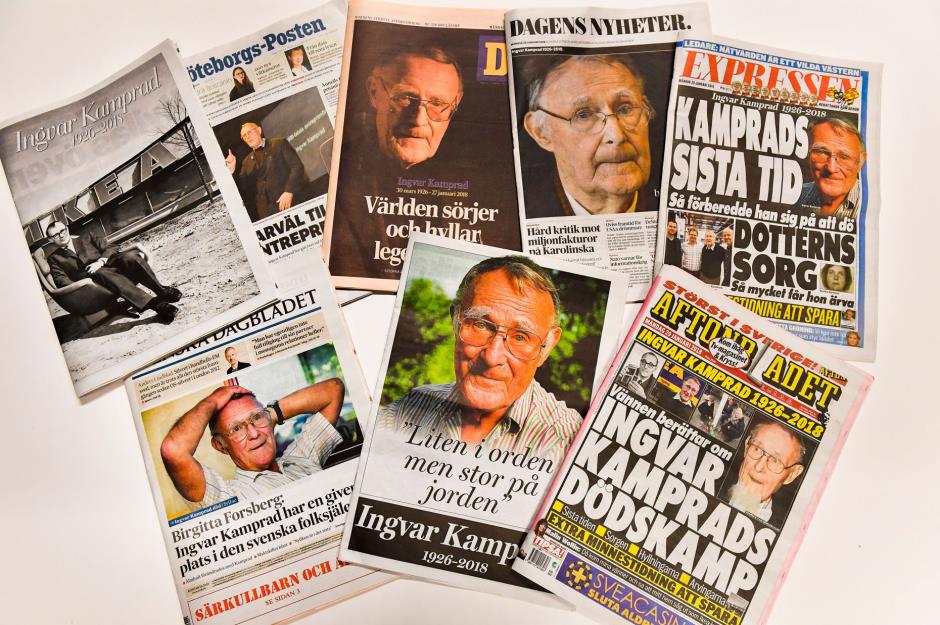
Ingvar Kamprad died in 2018 at the age of 91.
His sons inherited a minority stake in IKEA worth around $1.5 billion (£1.1bn), but the flatpack king's adopted daughter Annika wasn't so lucky. Ingvar left her a relatively paltry $300,000 (£220k), a tiny fraction of his net worth.
He left behind a thriving multinational business that has changed the way we shop. Now the world's largest furniture retailer, IKEA owns and operates 483 stores in 63 countries, generating annual revenues of around $30 billion (£23bn) a year.
Now discover how Nintendo conquered the world
Comments
Be the first to comment
Do you want to comment on this article? You need to be signed in for this feature